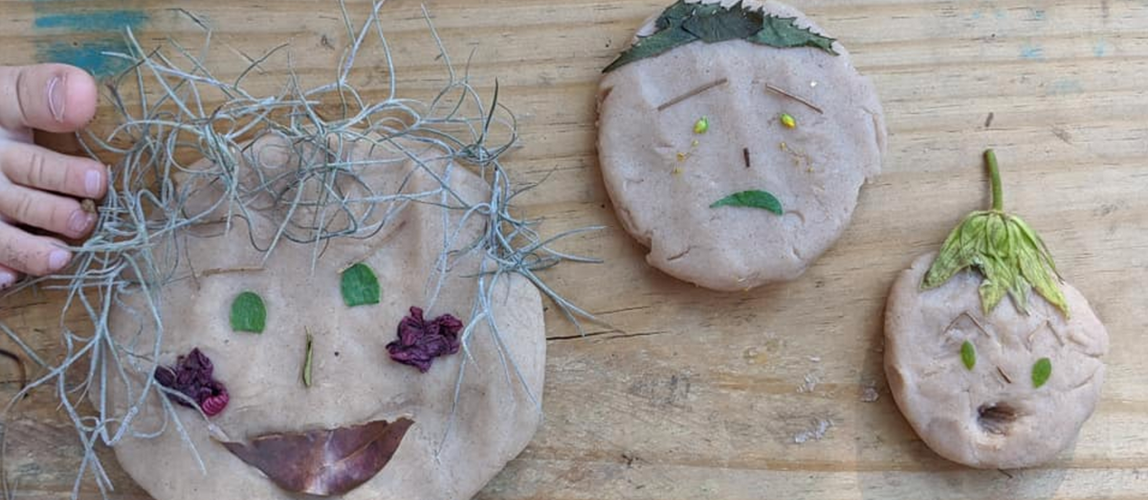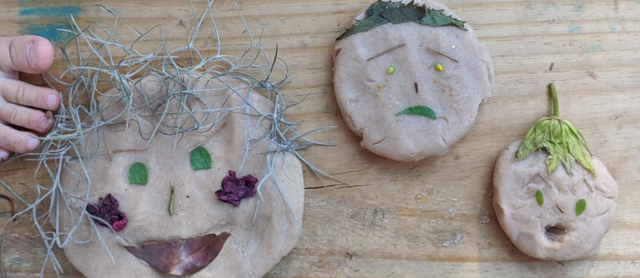
Developing empathy in children is one of our most important jobs as parents and caregivers. There are three main kinds of empathy: affective, cognitive, and compassionate. According to empathy experts Daniel Goleman and Paul Ekman, we use these three in concert to realize empathy’s full potential.
Affective empathy may be the most familiar to us. It’s the ability to sense the emotions that another person is feeling—like when you tear up at a sad movie or feel elated for the player who just scored the winning goal.
Early childhood is the perfect time to support affective empathy: This processing of emotions plays out in the limbic system, a part of the brain that develops early in life. We can cultivate this natural ability in our kids in simple ways every day.
Here are just a few ways to help children as they’re developing empathy:
1. Focus on emotions vs. feelings. Rather than feeling daunted by the massive list of nuanced feelings we experience, focus on helping kids learn the six basic emotions first: Anger, Disgust, Fear, Happiness, Sadness, and Surprise. These are experienced by people all over the world, say experts like Paul Ekman.
Start by helping kids develop emotional awareness, an important point from which kids can become aware of emotions in others. To support emotional awareness, acknowledge and validate children’s’ emotions—even the big ones. Help kids name their emotions by asking them questions like, “What are you feeling?” “Are you feeling sad?” Fred Rogers suggested narrating to them what you are seeing, saying things like, “I see you seem angry. Are you feeling angry inside too?” Wonder with kids what, in particular, is causing their emotional response. For example, “Are you feeling afraid of that dog?” or “Are you sad that mommy has to say goodbye for a little while?”
Model the full range of emotions to show kids more than the “positive” emotions. They’ll realize that the full range is available to them, too. If you get mad, you can talk through that moment with them and share that you were feeling a bit angry about whatever it was.
In fact, it’s great for kids to see that we feel strong emotions of all kinds, can talk about it, and can find productive ways of processing and working with them. Be vulnerable now and again. Opening ourselves up to other people makes close connections even more possible. We should not be afraid to cry with our kids when something really sad happens.
2. Show kids how to notice other people’s feelings. Wonder about other people’s feelings, and do it out loud for kids. As children grow, they become more and more aware of other people and their emotions. If your child is too young to dialog about this, narrate to them about what you are noticing about other people’s emotions. Kids are able to receive language and benefit from our modeling before they are able to express such ideas on their own.
Read books and tell stories in which characters feel and express basic emotions. Stop along the way to look at the images and consider the story, wondering together, “How is the character feeling? Why do you think that character is feeling that way? How can you tell?”
When you see someone in real life who is feeling an emotion, use that as an opportunity to wonder, “How do you think grandma is feeling? What do you think made her feel that way?”
Hold back on “Sorry.” If your child does something, before asking him or her to say, “I’m sorry,” consider an alternative way to talk through the situation that teaches about affective empathy.
3. Teach kids to read faces. Humans all over the world make the same basic facial expressions in response to the six basic emotions, according to decades of research. Learning to read other people’s faces is a skill that helps kids identify and sense their emotions.
As you read books, pay particular attention to the faces of characters. Wonder whether they are wearing a “happy face,” a “sad face,” etc. Note the shape of their mouths, eyes, and eyebrows. Children for whom emotional awareness and nuanced social communication is challenging will benefit even more from learning to read faces. Because humans tend to make predictable facial expressions for a given emotion, kids can learn and apply the specific cues, taking much of the guesswork out of reading other people’s emotional state.
When you pretend-play together, pretend to have different emotions. Make it a point to use facial expressions as you play.
Once children’s drawings include details on the faces, note the way faces are drawn. Wonder with children about the choices they make as they draw faces in addition to talking about how the person or animal they drew is feeling. (Watch here for how to make tree faces, another fun, empathy-boosting nature activity to try!).
4. Sing Songs About Feelings. Active songs can naturally engage kids in learning about feelings and the body. Teach kids about emotions and faces by singing and acting out a simple song like this one:
Faces and Feelings Song (Sing to Yankee Doodle)
The expression on my face (Point a finger around your face)
Is like an open book. (Place your hands like a book)
You can read how I am feeling (Put your hand to your heart)
Given how my face looks. (Point a finger around your face)
Show me HAPPY. (Pause and make happy faces together)
Show me SAD. (Pause and make sad faces together)
Looking with our eyes. (Point to your eyes)
Show me ANGRY. (Pause and make angry faces together)
Show me GLAD. (Pause and make glad faces together)
And now we’ll show SURPRISE! (End with an excited SURPRISE! and make surprised faces together. Fall backwards too, if you like.)











